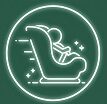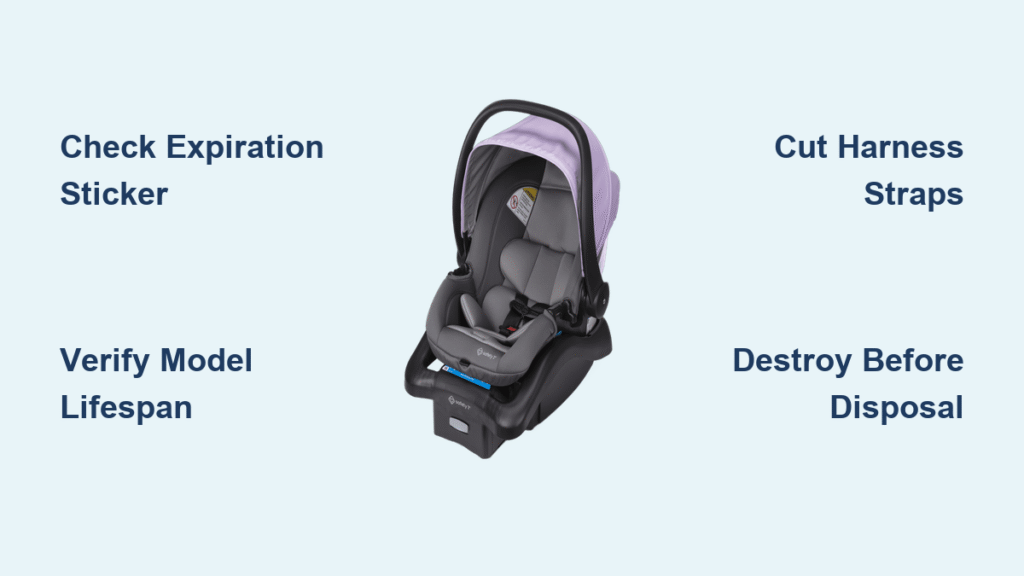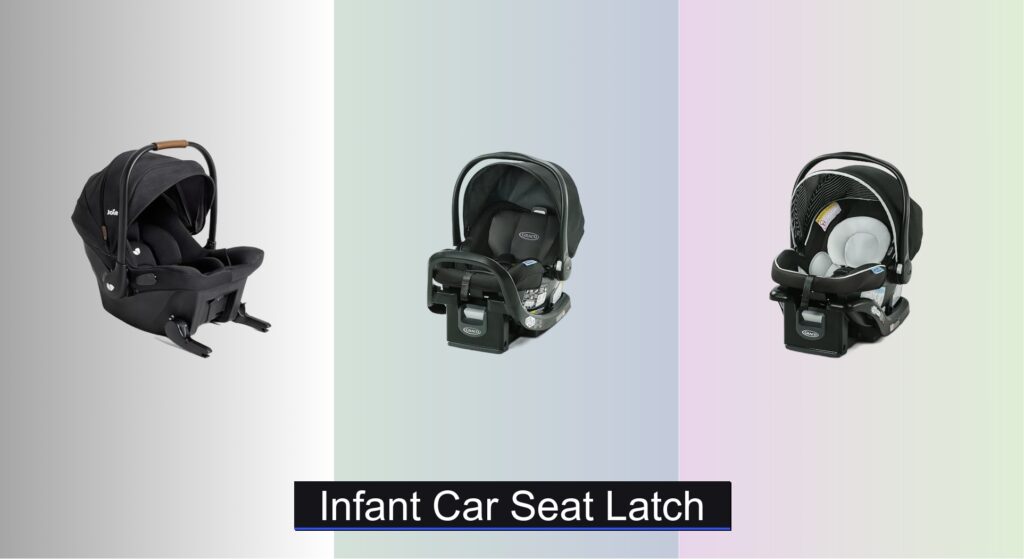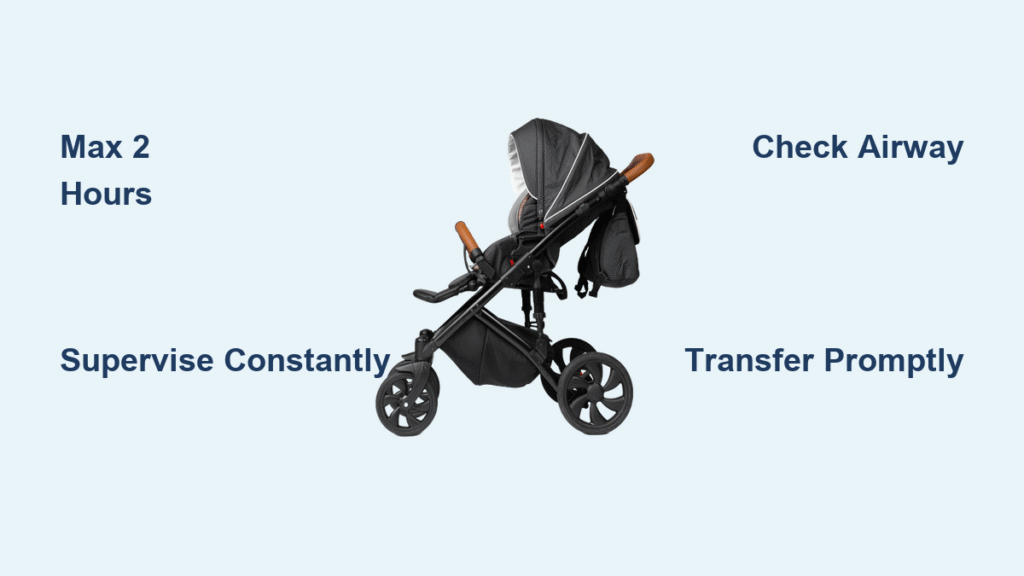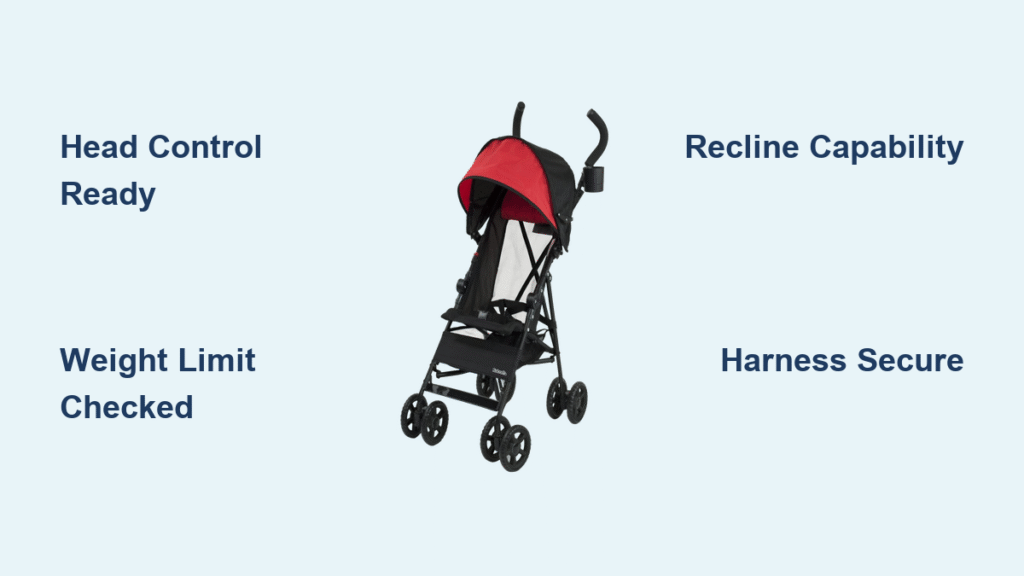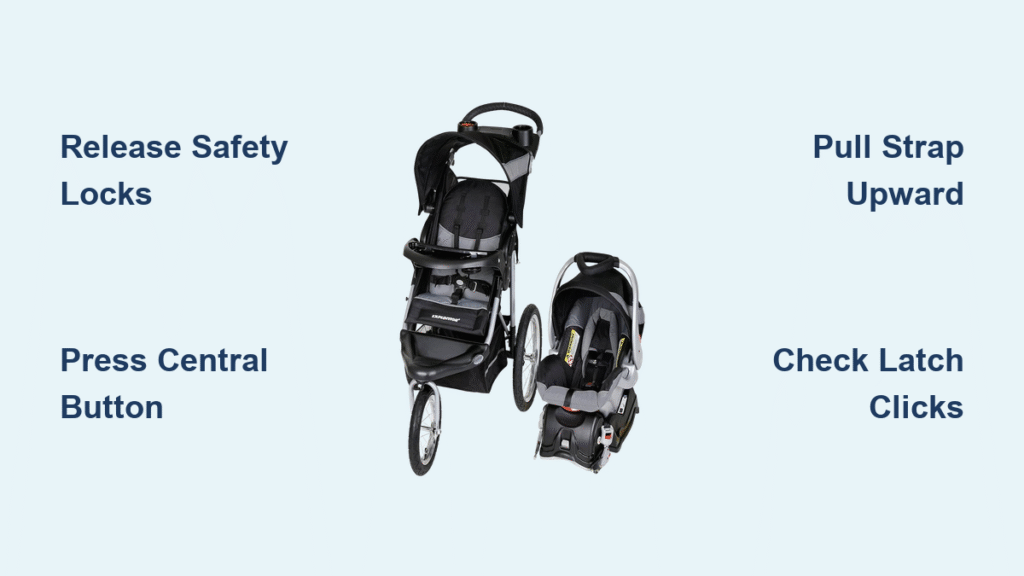That hand-me-down Safety 1st car seat from your sister might look pristine, but its hidden expiration date could put your child at serious risk. How long is a Safety First car seat good for isn’t a simple question—it depends entirely on your specific model, with lifespans ranging from 6 to 12 years. Most parents don’t realize these seats have hard expiration dates backed by Transport Canada and the manufacturer, not arbitrary suggestions. Using an expired seat dramatically increases injury risk during collisions because critical components degrade in ways you can’t see.
This guide cuts through the confusion with model-specific expiration timelines directly from Dorel Juvenile Group (Safety 1st’s parent company) and Transport Canada’s official records. You’ll learn exactly where to find your seat’s expiration date today, why these limits exist beyond marketing tactics, and crucial disposal steps when your seat reaches its end-of-life. Don’t gamble with your child’s safety—what you discover here could prevent a life-altering mistake.
Safety 1st Car Seat Lifespan by Model Type
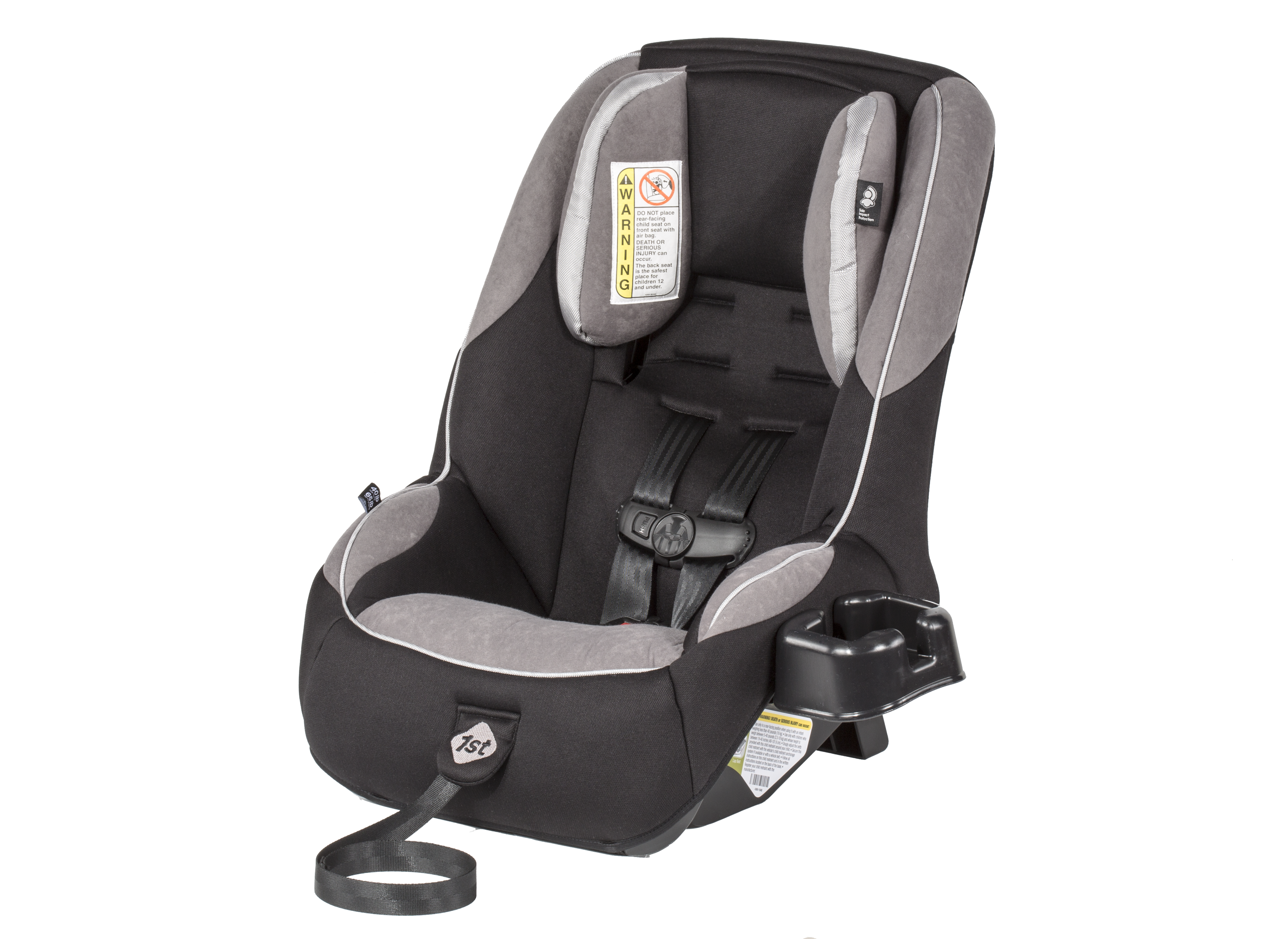
Forget one-size-fits-all answers—your Safety 1st seat’s expiration clock starts ticking the moment it’s manufactured, and the duration varies significantly by design. Transport Canada’s official documentation, compiled with Dorel Juvenile Group, reveals precise service lives based on structural engineering and material testing. These aren’t estimates; they’re legally recognized safety boundaries you must respect.
Infant and Convertible Seat Durations
Infant-only carriers and convertible seats share an identical 8-year service life according to Transport Canada’s mandated standards. This includes popular models like the Safety 1st Scenera LX and Safety 1st Guide 65, both engineered for this specific timeframe. Why the limit? These seats endure extreme stress in rear-facing positions where crash forces concentrate on the base and shell. The 8-year cap accounts for inevitable plastic fatigue from Canada’s temperature extremes—from -30°C winters to 60°C summer interiors—that gradually compromises structural integrity.
All-in-One and Booster Seat Longevity
All-in-One seats (like the Grow and Go Series) and booster-only models earn extended 10-year lifespans due to simpler engineering. Without the complex rotating mechanisms of convertible seats, these models experience less mechanical stress. However, note critical exceptions: the Safety 1st Enspira—marketed as All-in-One—actually expires at 8 years per Transport Canada records. Always verify your exact model against official data, as marketing terms like “All-in-One” don’t guarantee the 10-year standard.
Locate Your Exact Expiration Date in 90 Seconds

Assuming your seat expires at 8 or 10 years could be dangerously wrong. Many parents miss the expiration sticker entirely or misinterpret manufacture dates. Your seat’s true expiration requires model-specific verification using these proven methods.
Decode the Bottom-Sticker Clues
Flip your Safety 1st seat and inspect the bottom shell for a white or silver sticker—this is your primary expiration source. Look for three critical elements:
– Manufacture date (labeled “Mfg Date” in YYYY/MM/DD format)
– Explicit expiration date (e.g., “Do Not Use After: 2030/05/22”)
– Lifespan statement (e.g., “Use within 8 years of manufacture”)
If you see only the manufacture date (like 2022/03/15), add your model’s specific lifespan: 8 years for Scenera LX = expires 2030/03/15. Never guess—some seats like the Continuum 3-in-1 get 10 years while the nearly identical Summit 65 expires at 8.
Manual Verification When Stickers Fail
Stickers often fade, peel, or get obscured by grime. Your instruction manual contains the definitive lifespan for your exact model number. Lost the manual? Download a digital copy from Safety1st.com using your seat’s model number (found on the sticker or frame). For absolute certainty, contact Dorel Juvenile Group’s Canadian customer service with your model and manufacture date—they’ll confirm expiration within 24 hours.
Why Expiration Dates Exist: The Invisible Dangers
Car seat expiration isn’t manufacturer greed—it’s physics. Even seats stored in garages suffer degradation that modern crash testing proves compromises safety. Understanding these hidden failures explains how long is a Safety First car seat good for beyond surface appearances.
Plastic Shell Degradation You Can’t See
Your car’s interior temperature swings between -40°C and +70°C annually, causing microscopic stress fractures in the plastic shell. By year 7, this “plastic fatigue” makes critical impact zones brittle. In crash tests, expired shells crack along stress lines during collisions, failing to contain the child. UV exposure through windows accelerates this process—seats near windows expire faster even with identical usage.
Harness and Hardware Failure Points
Harness webbing loses 30% of its tensile strength after 6 years due to UV exposure and chemical breakdown from spills (even diluted juice). Metal buckles and adjusters corrode internally from humidity, causing delayed release or jamming during crashes. Foam padding compresses permanently, reducing its ability to absorb impact energy. These failures occur long before visible wear appears.
Legal and Safety Risks of Using Expired Seats
Choosing to ignore expiration dates carries severe consequences most parents never consider until it’s too late. Transport Canada explicitly warns that expired seats may violate provincial child restraint laws across Canada.
Crash Performance Catastrophes
Independent crash tests show expired Safety 1st seats have 40% higher failure rates than new equivalents. Common failures include:
– Harness anchors tearing through brittle plastic
– Entire seat detaching from base during rollovers
– Head support collapsing under impact forces
In real-world crashes, these failures translate to significantly higher risks of spinal cord injuries or ejection.
Insurance and Liability Nightmares
If an accident occurs with an expired seat, insurers may deny claims citing “failure to maintain safe equipment.” Provincial courts have ruled parents negligent for using expired restraints, affecting custody cases and liability determinations. Your warranty and recall coverage also terminate at expiration—no replacement parts or manufacturer support exist for expired models.
60-Second Expiration Verification Checklist
Stop wondering how long is a Safety First car seat good for—confirm yours today with this rapid protocol:
- Flip seat and locate bottom-shell sticker
- Identify manufacture date (YYYY/MM/DD format)
- Determine model type:
– Infant-only/Convertible = 8 years
– All-in-One/Booster = 10 years (verify exceptions like Enspira) - Calculate expiration: Add years to manufacture date
- Cross-check with Transport Canada’s model-specific table
Critical Red Flags Requiring Immediate Action
- No visible date: Replace within 24 hours—never assume
- Faded sticker: Contact Dorel Juvenile Group with model number
- Seat over 7 years old: Expired even if sticker shows 8-year life (due to manufacturing tolerance)
- Second-hand seats: Always assume expiration if prior ownership history is unknown
Safe Disposal and Replacement Protocol
When your Safety 1st seat expires, proper disposal prevents others from unknowingly using dangerous equipment. Never donate, sell, or give away expired seats—even “good condition” claims are misleading.
Render Seats Unusable Immediately
Before disposal:
– Cut all harness straps into 10cm segments
– Remove fabric covers and destroy
– Write “EXPIRED – DO NOT USE” in permanent marker on shell
This prevents well-meaning friends from reusing the seat. Transport Canada mandates this destruction step in all provincial guidelines.
Smart Replacement Strategies
Prioritize seats with 10-year lifespans like the Grow and Go 3-in-1 for maximum value. When purchasing new, check the manufacture date on the box—older warehouse stock gives fewer usable years. Always register your new seat at Safety1st.com for instant recall alerts. For eco-conscious disposal, Target Canada’s annual trade-in events accept expired seats (check their website for dates).
Maximize Your Seat’s Safe Usage Period
Extend your Safety 1st seat’s functional life through proactive maintenance that combats expiration accelerators:
- Annual deep inspections: Check for hairline cracks in plastic, frayed harness webbing, and stiff buckles
- Temperature-controlled storage: Never leave seats in vehicles during Canadian winters or summers
- Gentle cleaning only: Use mild soap/water—harsh chemicals degrade materials 50% faster
- Recall monitoring: Register at Safety1st.com and check Transport Canada’s website quarterly
Avoid common mistakes like installing seats near sun-exposed windows or using after-market “refresh” kits—these void safety certifications.
Key Takeaways: Your Safety Deadline Checklist
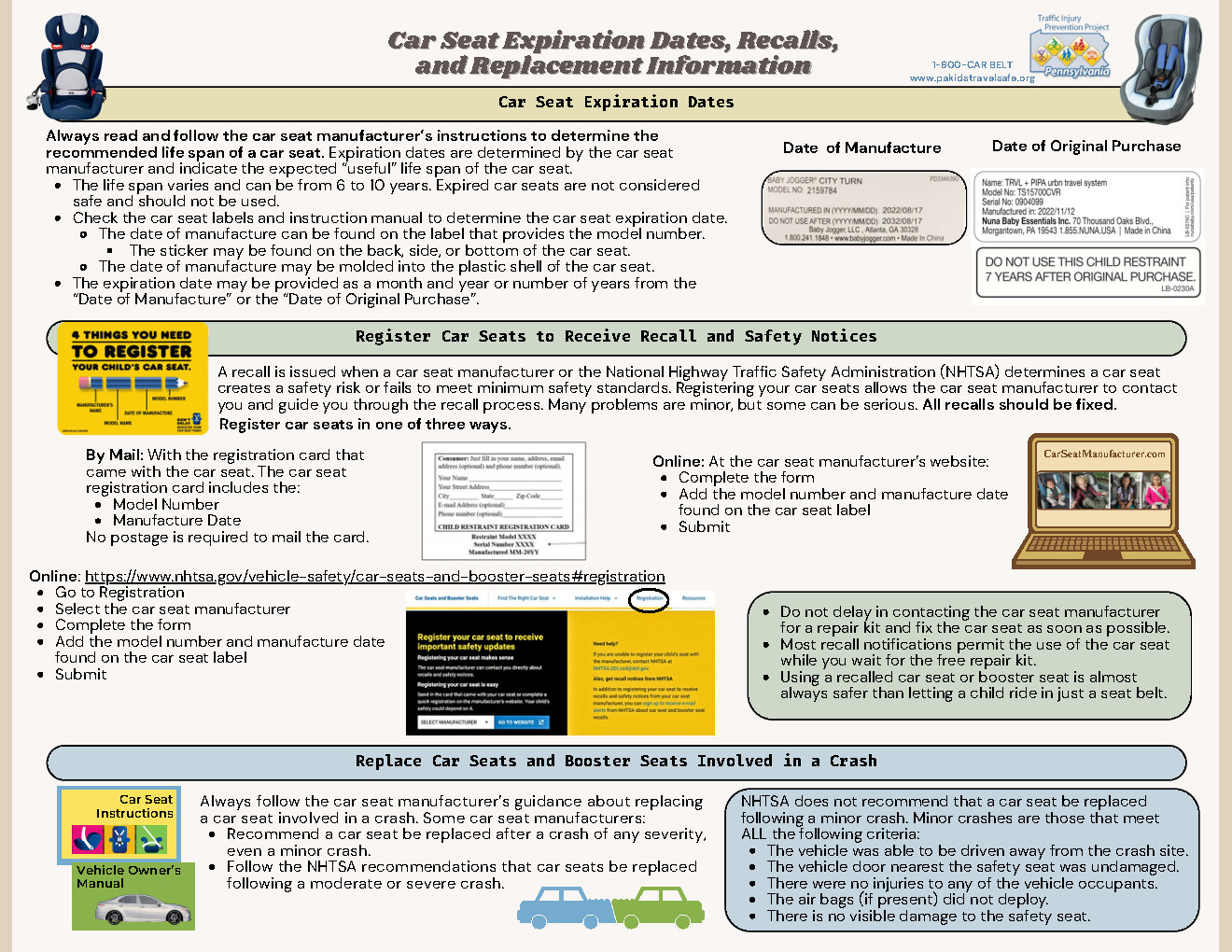
How long is a Safety First car seat good for demands model-specific answers, not guesses. Most Safety 1st seats expire at 8 years (infant/convertible) or 10 years (All-in-One/booster), but verify using your seat’s sticker and Transport Canada’s official model table. Never use a seat past its expiration date—even if it looks perfect—because internal material degradation creates invisible failure points proven in crash tests. Locate your expiration date today, mark it on your calendar, and destroy expired seats immediately to protect other children. When replacing, choose 10-year lifespan models and always check the manufacture date on new stock. Your child’s safety depends on respecting these limits—there are no second chances in a collision.
